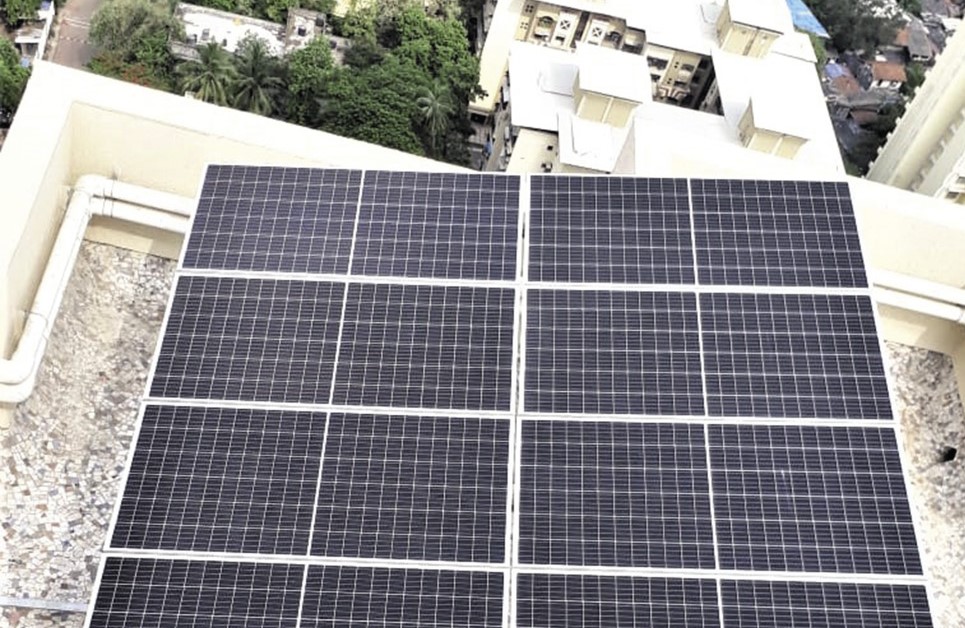From pv magazine India
India added a cumulative 13,549 MW of renewable energy generation capacity in FY 2021-22, up 128% over the previous fiscal. This included 12,438 MW of solar (10,217 MW of utility-scale and 2,221 of MW rooftop) and 1,111 MW of wind, according to a new report by Bridge To India.
Rajasthan (5,806 MW) and Gujarat (2,469 MW) together accounted for 61% of the total RE capacity addition.
The nation now has 96.2 GW of cumulative installed renewable capacity, excluding small hydro and biomass.
The record installation in 2021-22 was mainly due to the completion of projects delayed from the previous year, even as the sector faced challenges like rising input costs, delay in imported module shipments, and an environmental directive from the supreme court on transmission lines in most of Gujarat and Rajasthan.
Vinay Rustagi, managing director of Bridge To India, said, “The renewable sector has shown remarkable resilience in the face of multiple challenges. But it is important to acknowledge that the record high numbers in FY 2022 came mainly because of the Covid spillover effect from the previous year. Investor sentiment is in balance affected, on the one hand, by strong macro-fundamentals of the energy transition, and on the other hand, by acute policy and execution barriers. The government’s revised target of 500 GW renewable capacity by 2030, equivalent to over 40 GW of capacity addition per annum, warrants a holistic reassessment of the sector.”
Rooftop solar capacity addition was at an all-time high at 2.2 GW (up 68% over last year). The increase was predominantly driven by the residential solar segment, which saw 746 MW of new installations.
The total project capacity (allocated by the government and public agencies) in the pipeline stood at 67 GW (54 GW of solar and 13 GW wind), with SECI having the highest offtake share of 60% (40 GW), followed by Discoms (22%, 15 GW).
Module prices surged by 34% in the first half (the April-September period) due to supply-side constraints in China but eased slightly in the second half. Year-end imported and domestic module prices at $0.26/watt and $0.32/watt, respectively, were still about 25% up over the previous year.
This content is protected by copyright and may not be reused. If you want to cooperate with us and would like to reuse some of our content, please contact: editors@pv-magazine.com.




1 comment
By submitting this form you agree to pv magazine using your data for the purposes of publishing your comment.
Your personal data will only be disclosed or otherwise transmitted to third parties for the purposes of spam filtering or if this is necessary for technical maintenance of the website. Any other transfer to third parties will not take place unless this is justified on the basis of applicable data protection regulations or if pv magazine is legally obliged to do so.
You may revoke this consent at any time with effect for the future, in which case your personal data will be deleted immediately. Otherwise, your data will be deleted if pv magazine has processed your request or the purpose of data storage is fulfilled.
Further information on data privacy can be found in our Data Protection Policy.